Surface Finishing Service
- All uploads are secure and confidential!
Injection Mold Surface Finishing Standerds
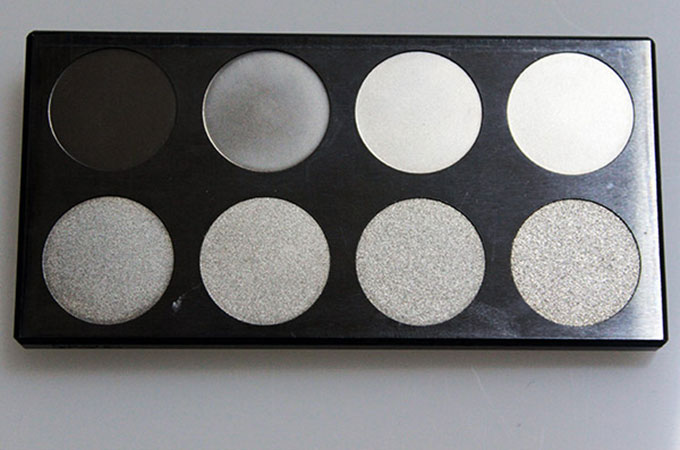
Zhongde has access to a diverse marketplace of molding suppliers and all standard mold surface finishing options. Mold finishes can range from glossy to matte to even patterned. Finishes applied to the surface of the mold cavity transfer to the surface of the molded part. For example, a mold surface that is polished to be reflective will make a reflective (or transparent) part. Mold finishes differ from CNC machined or 3D printed parts, where each component is treated individually. Adding a finish or texture can change the tool’s price depending on the process required, but it does not alter the price of the individual parts.
Our standard mold finishing includes the following:
- Society of Plastics Industry (SPI) Mold Finishes
- VDI
SPI Finishes vs VDI Finishes
SPI Surface Finishing Standard
SPI Finish (SPI Finishes) is also known as “SPI Mold Finish (SPI Mold Finishes)” or “SPI Surface Finishes“.
The SPI Surface Finishing refers to the American surface finishing standard set by SPI (Society of the Plastics Industry).
SPI A Finishes
SPI A-1
Diamond buffed with grade #3, 6000 grit for a highly polished finish. Also suitable for producing optically clear parts. Has an average surface roughness of 0.012-0.025µm Ra.
SPI A-2
Diamond buffed with grade #6, 3000 grit for a high polish finish. Also suitable for producing transparent parts. Has an average surface roughness of 0.025-0.050µm Ra.
SPI A-3
Diamond buffed with grade #15, 1200 grit for a high-to-medium polished finish. Also suitable for producing non-optical transparent parts. Has an average surface roughness of 0.050-0.100µm Ra.
SPI B Finishes
SPI B-1
A 600-grit sanded finish for a medium polish with a surface roughness of 0.05-0.10µm Ra.
SPI B-2
A 400-grit sanded finish for a medium polish with a surface roughness of 0.10-0.15µm Ra.
SPI B-3
A 320-grit sanded finish for a medium-to-low polish with a surface roughness of 0.28-0.32µm Ra.
SPI C Finishes
SPI C-1
A 600 stone finish for a low polish with a surface roughness of 0.35-.40µm Ra.
SPI C-2
A 400 stone finish for a low polish with a surface roughness of 0.45-.55µm Ra.
SPI C-3
A 320 stone finish for a low polish with a surface roughness of 0.63-.70µm Ra.
SPI D Finishes
SPI D-1
Dry blasted with glass bead for a satin finish with a surface roughness of 0.80-1.00µm Ra.
SPI D-2
Dry blasted with #240 oxide for a dull finish with a surface roughness of 1.00-2.80µm Ra.
SPI D-3
Dry blasted with #24 oxide for a dull finish with a surface roughness of 3.20-18.00µm Ra.

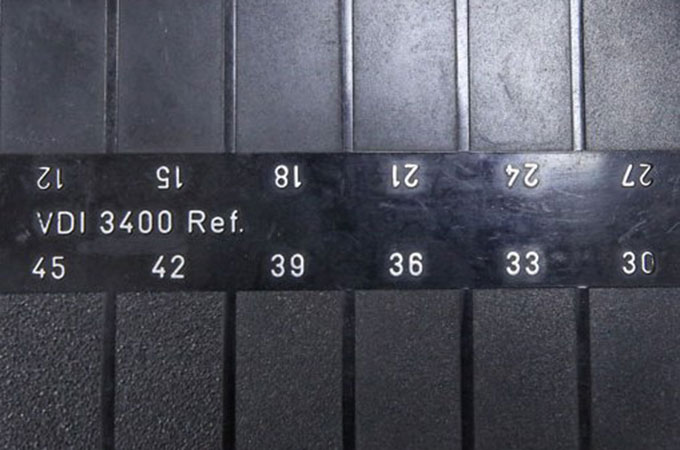
VDI Surface Finishing Standard
VDI (EMD) Finishes
VDI 12
A 600 stone low-polish finish with an average surface roughness of 0.40µm Ra.
VDI 15
A 400 stone low-polish finish with an average surface roughness of 0.56µm Ra.
VDI 18
A glass bead blast satin finish with an average surface roughness of 0.80µm Ra.
VDI 21
A #240 oxide dry blast dull finish with an average surface roughness of 1.12µm Ra.
VDI 24
A #240 oxide dry blast dull finish with an average surface roughness of 1.60µm Ra.
VDI 27
A #240 oxide dry blast dull finish with an average surface roughness of 2.24µm Ra.
VDI 30
A #24 oxide dry blast dull finish with an average surface roughness of 3.15µm Ra.
VDI 33
A #24 oxide dry blast dull finish with an average surface roughness of 4.50µm Ra.
VDI 36
A #24 oxide dry blast dull finish with an average surface roughness of 6.30µm Ra.
VDI 39
A #24 oxide dry blast dull finish with an average surface roughness of 9.00µm Ra.
VDI 42
A #24 oxide dry blast dull finish with an average surface roughness of 12.50µm Ra.
VDI 45
A #24 oxide dry blast dull finish with an average surface roughness of 18.00µm Ra.
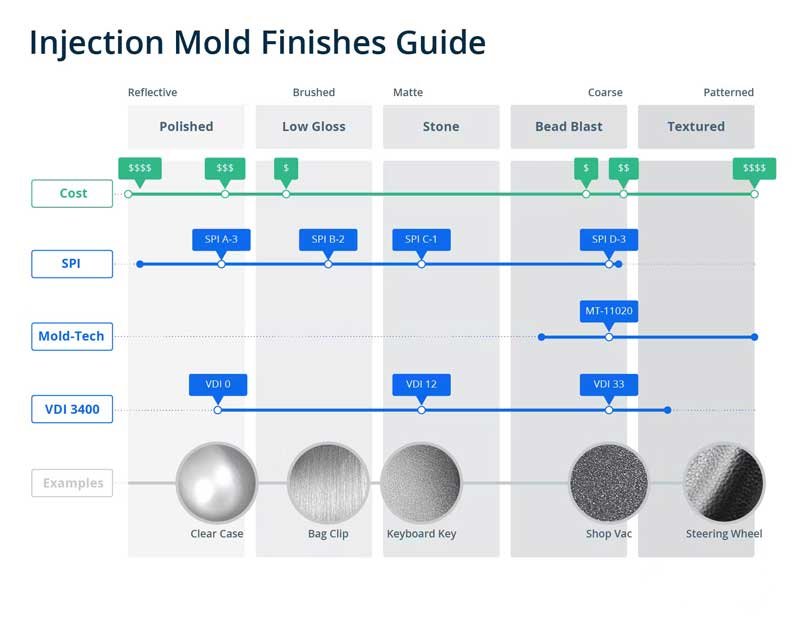
Mold Surface Texture: Techniques, Standards, and Applications in Injection Molding
Explore the world of mold surface texture in injection molding, where the visual and tactile qualities of a part are
Secondary Surface Finishing
As Machined
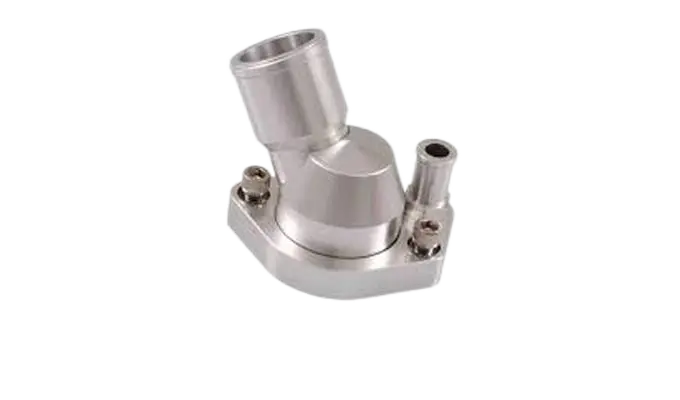
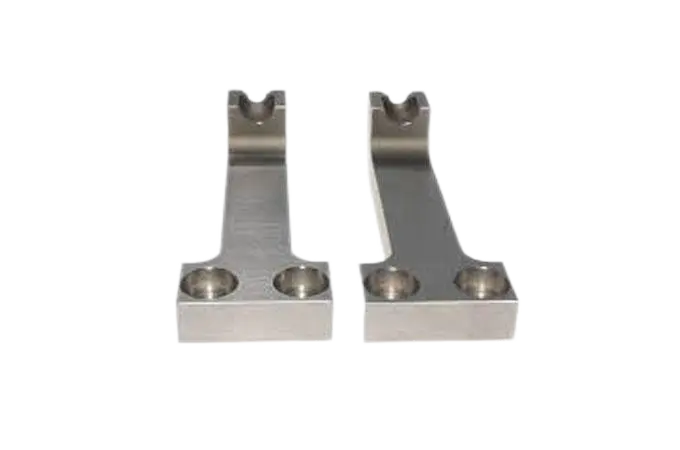
Smoothing
Material Compatibility: All plastic as and metals
Bead Blasting
Material compatibility: All metals Color: Uniform matte of raw material color
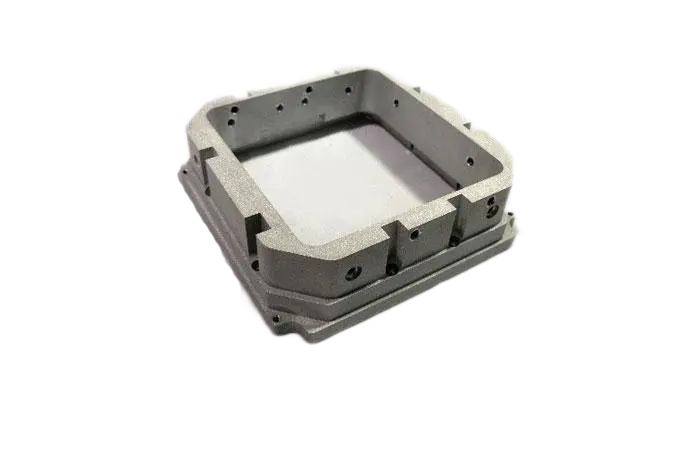

Powder Coating
Material compatibility: All metals Color: Black or any RAL code or Pantone number.
Anodizing Color (Type II)
Material compatibility: Aluminum alloys Color: Black, clear or any RAL code or Pantone number


Anodizing Hardcoat (Type III)
Material compatibility: Aluminum alloys Color: Black or clear
Electropolishing
Material compatibility: All metals Color: Natural metal color
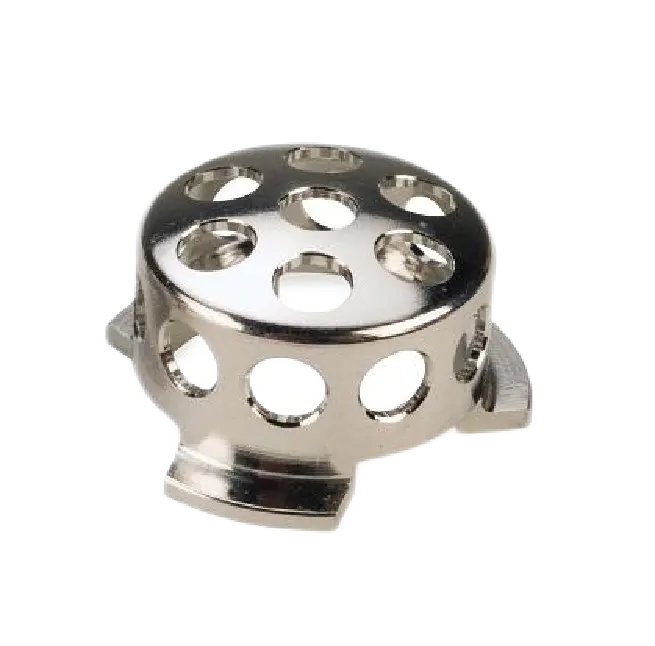

Black Oxide
Material compatibility: Stainless steel and copper alloys Color: Black
Chromate Conversion Coating (Alodine/Chemfilm)
Material compatibility: Aluminum and copper alloys Color: Clear or yellow
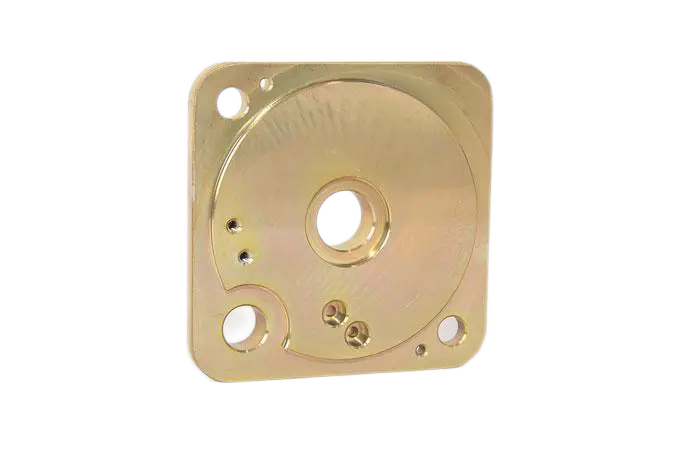
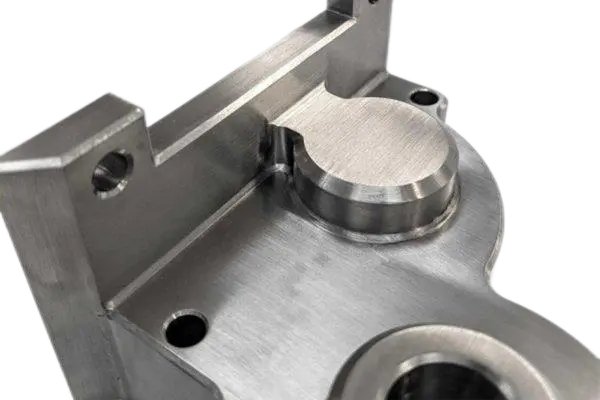
Brushing
Material compatibility: All metals
Knowledge Hubs

7 Plastic Injection Molding Defects: Their Causes and Solutions
Plastic injection molding defects refer to the flaws caused in the manufacturing process. Plastic injection molding defects can result from
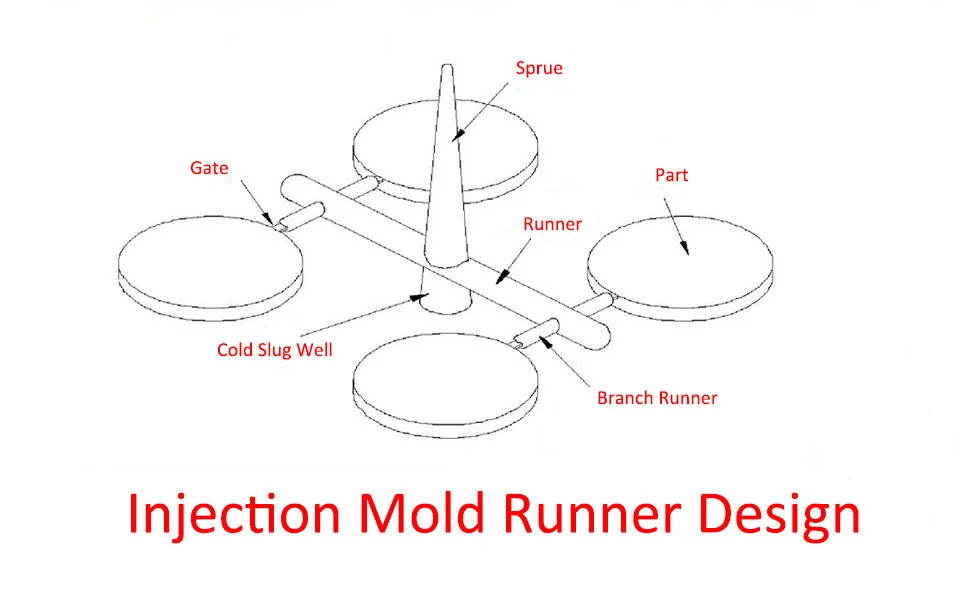
Injection Mold Runner Design: Optimizing Molding Process Manufacturing
Injection molding is a widely used method for producing custom plastic parts in large quantities. At the core of this

Minimizing Bubbles in Injection Molding: Strategies for High-Quality Products
Injection molding air bubbles are a common issue that can occur during the manufacturing process, posing significant challenges to product